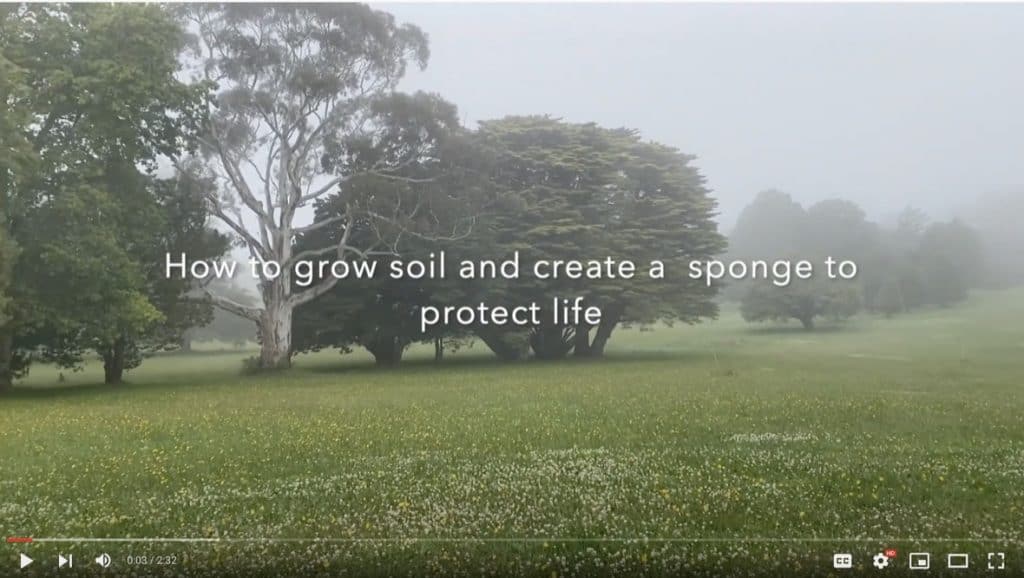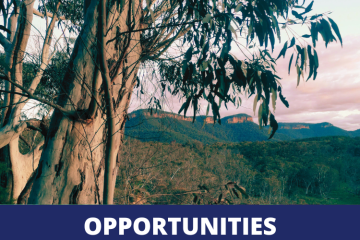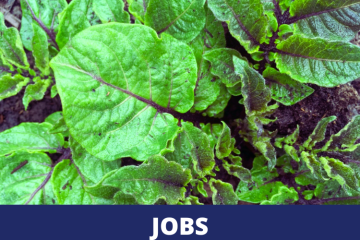January 6

Growing soil to create a sponge to protect life
In a wet season like this one it’s critical to find every possible way to store water in soil, vegetation and underground in our depleted aquifers so that we can create a slow-release sponge that holds the water that will protect us, and all other life, in the next drought and bushfire season.
In the 1950’s the brilliant Australian producer and inventor P.A. Yeomans created the Slipper Imp plow and demonstrated how we can restore degraded land to create an inch of top soil in just three years. The plough did this by cutting and loosening, not turning, compacted soil, to allow air, water and nature to begin to create more life. The soil they create is the sponge we need to support life.
Sadly, we’re notorious for doing the opposite and creating deserts. All the asphalt on our roads, the concrete on our footpaths and the compacted soils in high traffic areas like the top of the old Katoomba Golf Course, are deserts because they prevent air and water from penetrating the soil to support life. Water sheets across the surface, and overloads our stormwater systems, leading to destructive deluges in our fragile natural areas and to erosion of more soil, including our peat swamps.
In the Blue Mountains these swamps are the critical sponge supporting life, protecting our future from fire, and cleaning Sydney’s water supply.
Peatlands are actually the largest natural land-based carbon store, storing more carbon than all other vegetation types in the world combined. When they get damaged they’re a major source of greenhouse gas emissions
The water sheeting down from our Katoomba Town Centre ‘desert’ is eroding our peat swamp above Katoomba Falls.
Today, on Day 6 of A Year in a Day, I took just 15 minutes to fork and loosen 6 square metres of compacted soil at the top of the old Katoomba Golf Course – air, rain and micro-organisms can now begin to perform their magic to create the slow-release sponge we need to protect our City and our peat swamp, and to demonstrate how to restore planetary health.
Swampcare
If you’d like to learn more about how to care for our critically important swamps check out Swampcare – the flagship program for all Blue Mountains Swamp related programs which includes the Swampcare and Swampwatch programs.
You can watch the video of today’s action here:




1 Comment
Carla Billinghurst · 07/01/2022 at 11:42 am
As part of having water available, I finally got the plumber in to set up a pump (electric) and tap on my rainwater tank so that when it does stop raining, I’ll be able to water veggies etc with stored rainwater.